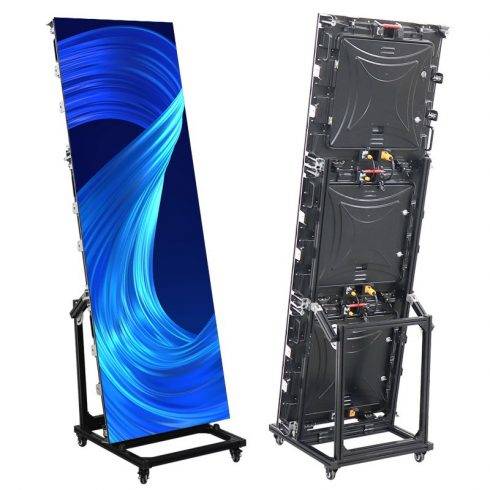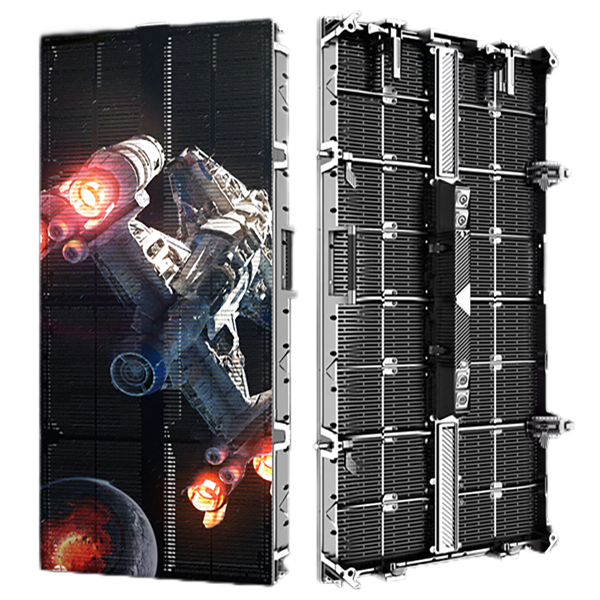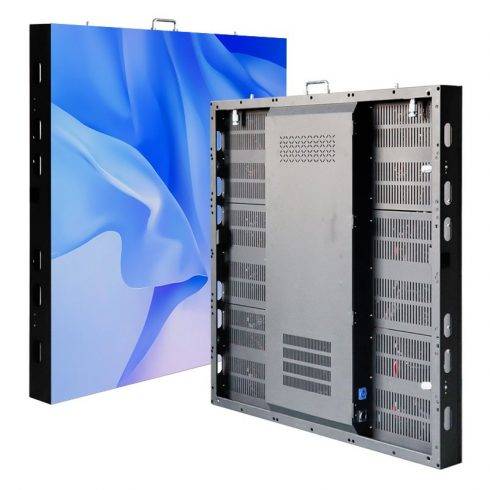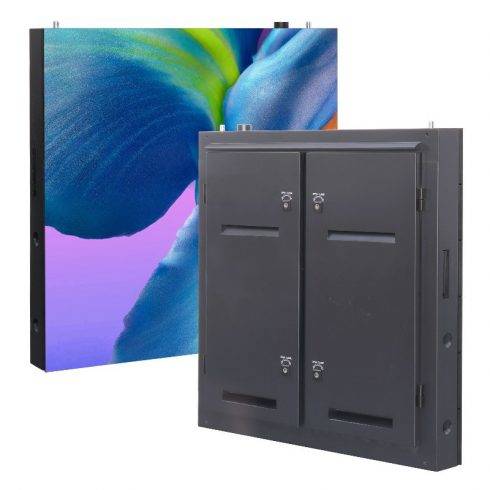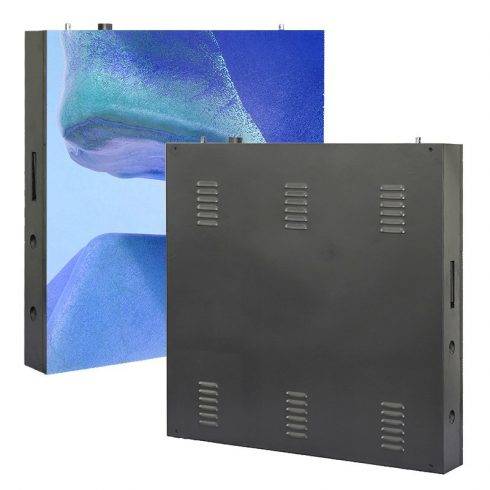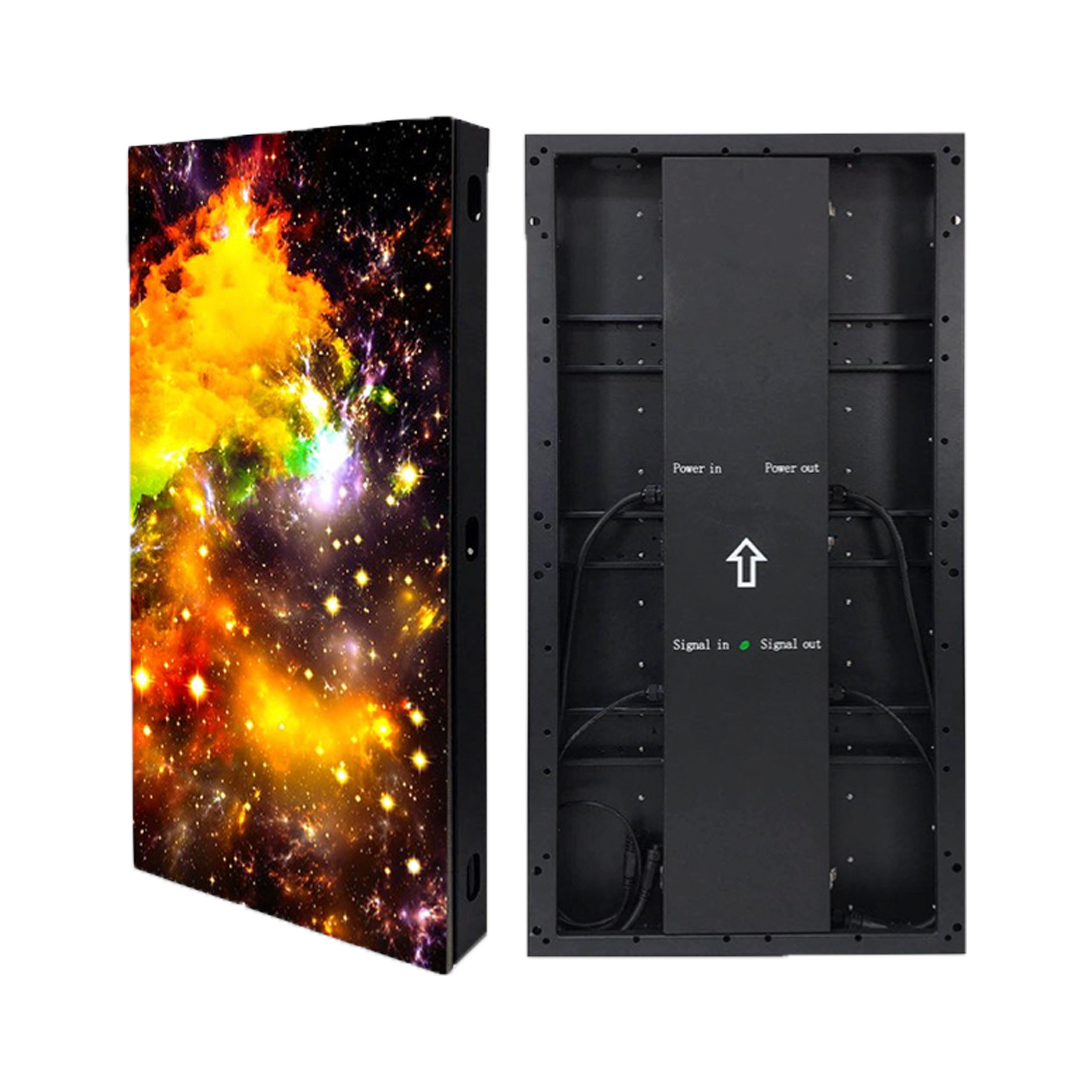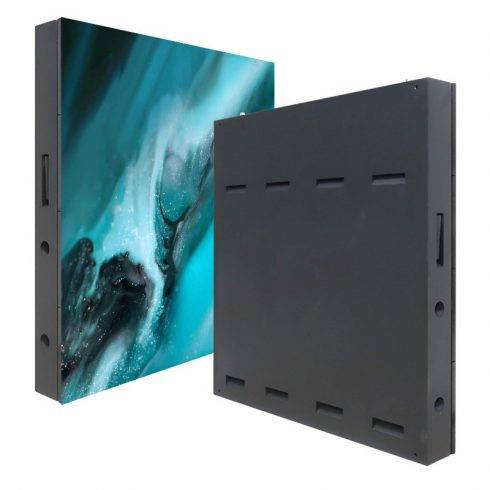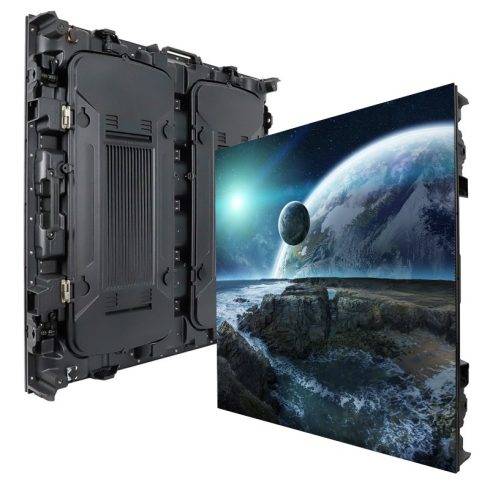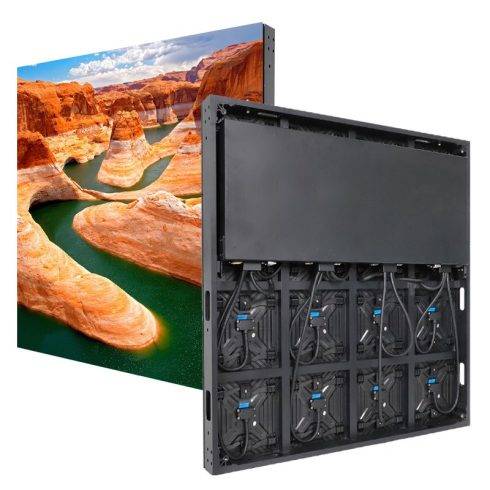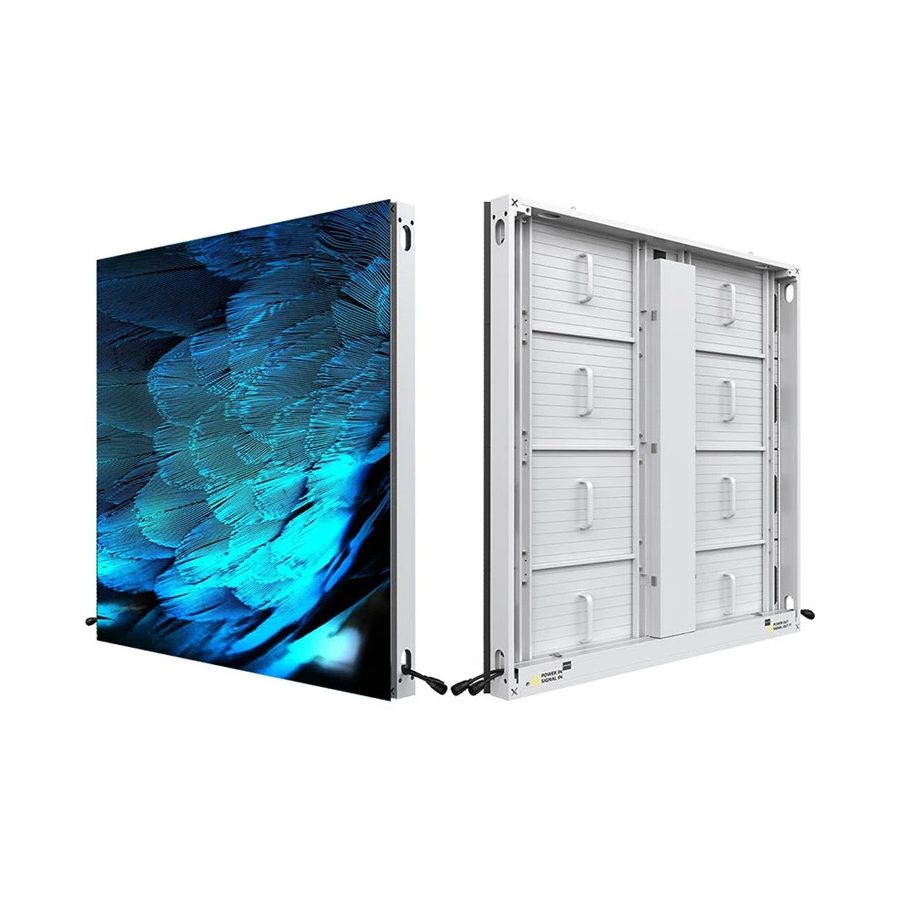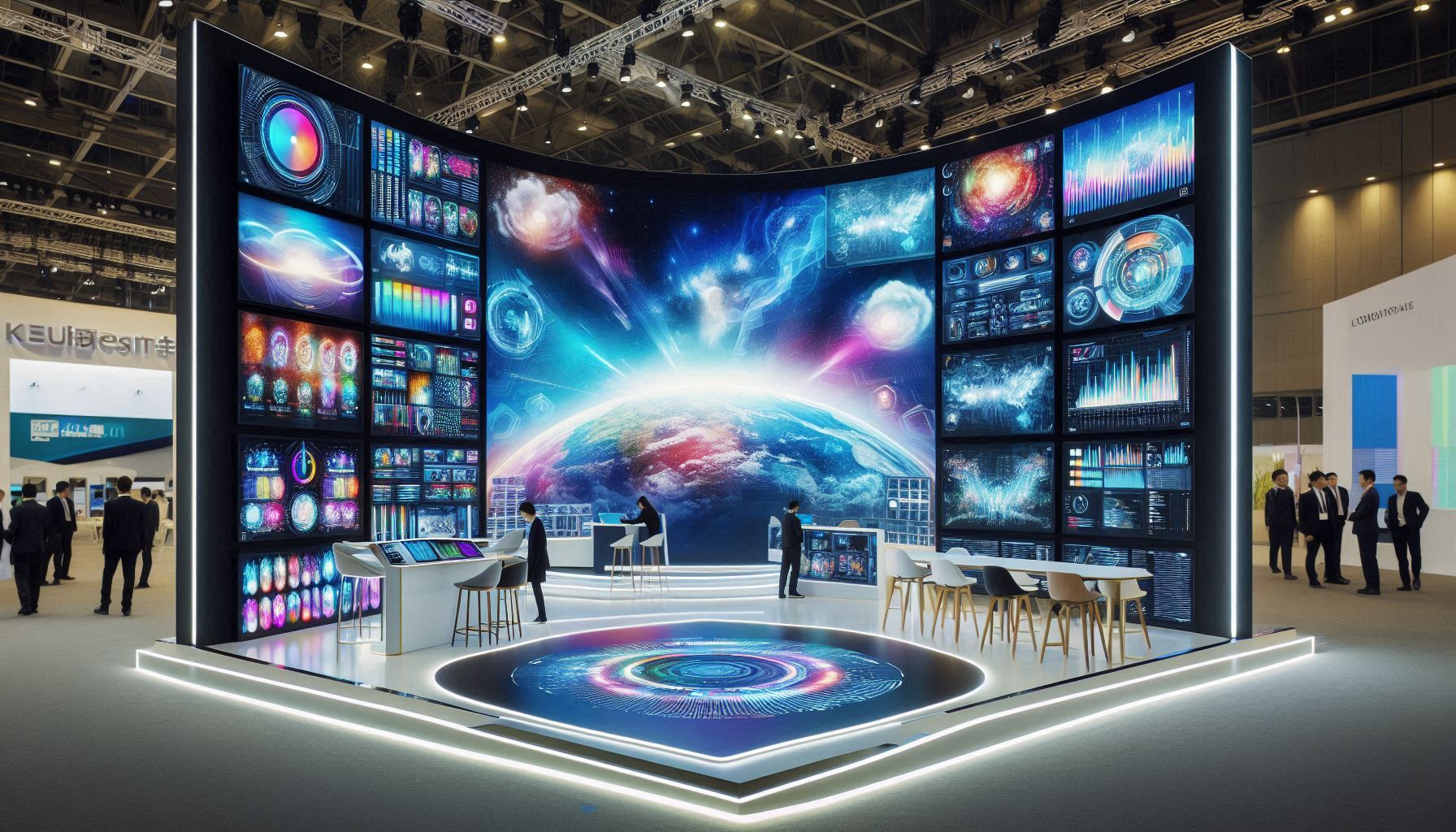In the modern world, the ability to captivate an audience has been elevated to an art form, with advanced technology playing a pivotal role. One of the most transformative tools in this space is the Big-Stage LED Display. These colossal screens have redefined visual storytelling and audience engagement, becoming essential in various events, from concerts and conferences to festivals and sporting arenas. This essay delves into the evolution, applications, technological advancements, and cultural impact of big-stage LED displays, underscoring their importance in creating memorable visual experiences.
The Genesis of LED Technology
The roots of LED (Light Emitting Diode) technology date back to the 1960s when it was first introduced as a small, low-power light source. Initially limited in application due to its monochromatic output and low brightness, LED technology gradually evolved through innovation in semiconductor materials. By the 1990s, the development of high-brightness LEDs and RGB (Red, Green, Blue) systems enabled the creation of full-color displays. The subsequent decrease in production costs and increase in efficiency led to the proliferation of LED-based screens, eventually making their way to the big stage.
Features That Set LED Screens Apart
Big-stage LED displays are distinguished by several features that make them indispensable in large-scale events.
- High Brightness and Visibility: These screens provide exceptional brightness levels, ensuring visibility even in broad daylight or brightly lit environments.
- Modular Design: Most big-stage LED screens are built using modular panels, allowing scalability to fit various stage dimensions.
- High Resolution and Clarity: Modern displays boast ultra-high-definition resolutions, delivering crisp visuals that enhance the audience’s experience, even for those far from the stage.
- Flexibility and Adaptability: LED panels can be curved, flat, or even transparent, enabling creative setups tailored to specific themes or designs.
- Energy Efficiency: Compared to traditional display technologies like LCDs and projectors, LED screens consume less power, making them a sustainable choice.
Applications Across Diverse Events
The versatility of big-stage LED displays makes them a popular choice for a wide range of applications.
- Concerts and Music Festivals: LED screens are central to live music performances, providing dynamic backdrops, real-time close-ups of performers, and synchronized visuals that enhance the mood.
- Conferences and Corporate Events: In professional settings, LED displays are used for presentations, live streaming, and immersive branding experiences.
- Sports Arenas: These screens keep spectators engaged with instant replays, live scores, and event updates.
- Theater and Performing Arts: LED technology has revolutionized set design, allowing for intricate, adaptable, and visually stunning backdrops that change seamlessly.
- Public Celebrations and Political Rallies: From national day parades to political speeches, LED displays amplify messages to massive audiences effectively.
Technological Advancements in LED Displays
The continuous evolution of LED technology has brought about numerous innovations that enhance functionality and usability.
- Fine-Pitch LED Technology: Reducing the pixel pitch (distance between LED clusters) has allowed for ultra-high-definition visuals, even on enormous screens.
- HDR (High Dynamic Range): This technology enhances contrast and color accuracy, producing more lifelike images.
- Transparent LED Panels: These allow light and visuals to coexist, enabling creative applications in architecture and stage design.
- Interactive Features: Touch-sensitive LED displays have opened new avenues for audience interaction, particularly in corporate and trade show environments.
- Wireless and Smart Integration: Modern systems support wireless control and integration with other smart devices, simplifying setup and synchronization.
Cultural and Economic Impact
The influence of big-stage LED displays extends beyond their technical prowess. Culturally, they have become symbols of modernity and innovation, contributing significantly to the atmosphere of major events. Economically, the industry surrounding LED screens—manufacturing, rental services, and event planning—has flourished, creating job opportunities and fueling local economies.
Moreover, LED displays have democratized access to information and entertainment. In public settings, they allow large crowds to experience events collectively, fostering a sense of community. For artists and performers, these screens provide a platform to experiment with visuals, enabling them to push creative boundaries.
Environmental Considerations
Despite their advantages, big-stage LED displays raise concerns about environmental sustainability. Manufacturing processes, energy consumption, and electronic waste are key issues. However, strides are being made to address these challenges. For instance, the use of recyclable materials, energy-efficient LEDs, and solar-powered systems are gaining traction. Event organizers are also adopting strategies like reducing screen time and reusing equipment to minimize their carbon footprint.
The Future of Big-Stage LED Displays
Looking ahead, the future of LED displays promises even greater innovation.
- AI Integration: Artificial intelligence could enable dynamic, real-time adjustments to visuals based on audience reactions or environmental conditions.
- Augmented Reality (AR) and Virtual Reality (VR): Combining LED screens with AR and VR technologies will create immersive experiences that blur the line between the real and virtual.
- Eco-Friendly Designs: Advances in materials science will likely lead to more sustainable and biodegradable components for LED screens.
- Higher Resolutions: With the advent of 8K and even 16K technologies, the level of detail on big-stage screens will reach new heights.
- Holographic Displays: While still in their infancy, holographic technology could eventually replace traditional LED screens, offering a truly three-dimensional viewing experience.
Conclusion
The rise of big-stage LED displays marks a transformative chapter in the realm of visual communication. From humble beginnings as simple lighting components to their current role as dynamic canvases for large-scale events, these displays have revolutionized how we share stories, celebrate milestones, and connect with audiences. As technology continues to advance, the potential for innovation in this field is limitless. Big-stage LED displays are not just tools for entertainment; they are gateways to a future where technology and creativity converge to inspire, engage, and captivate like never before.








